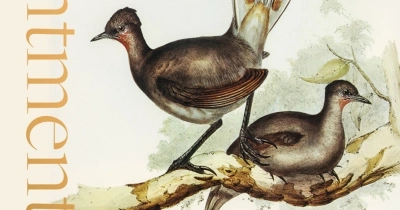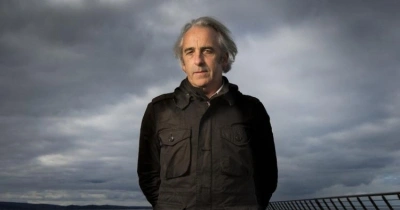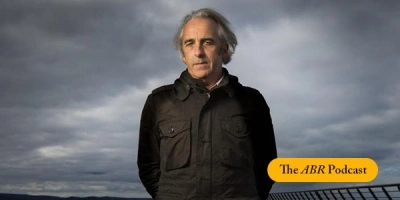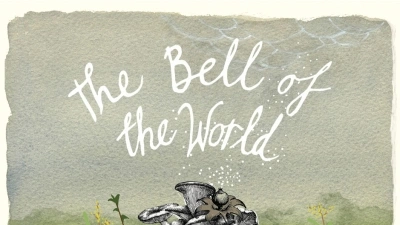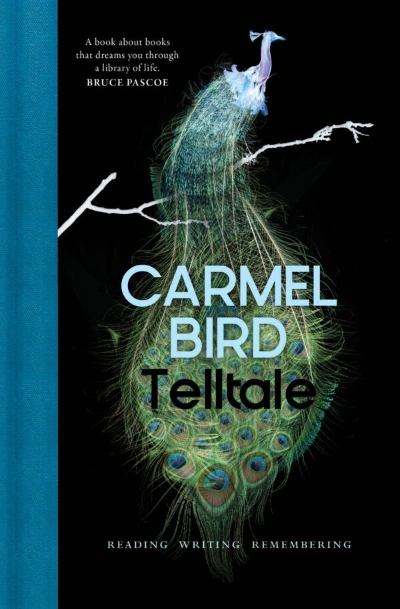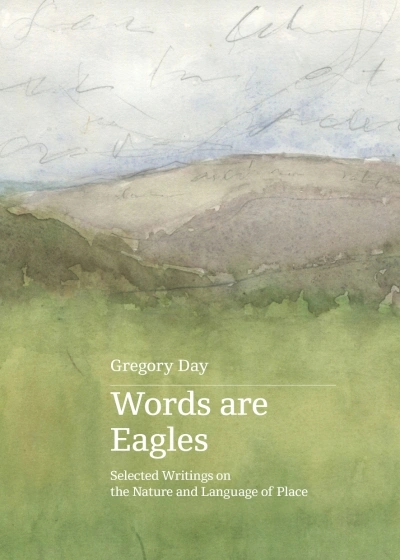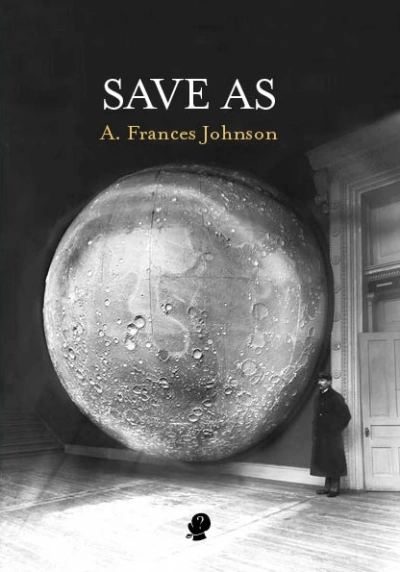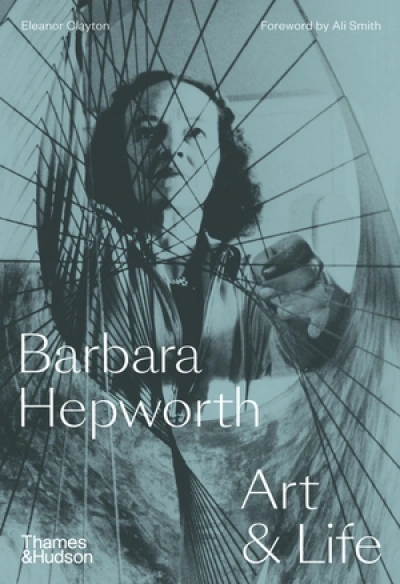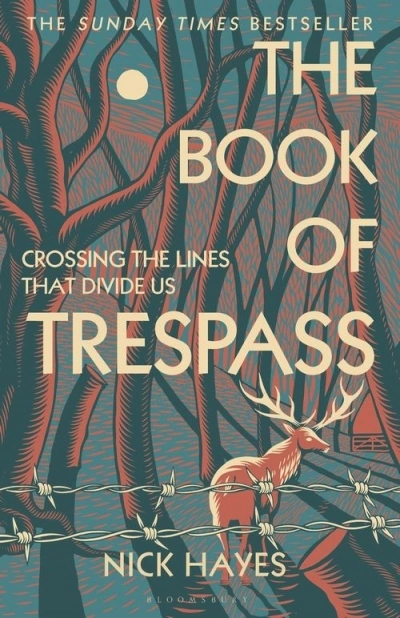Gregory Day
Enchantment by Birds: A history of birdwatching in 22 species by Russell McGregor
Gregory Day is a writer and musician from the west coast of Victoria. He lives on Wadawurrung country. Gregory is a winner of the Australian Literature Society Gold Medal, the Nature Conservancy Australia Nature Writing Prize, and the Patrick White Award for his ongoing contribution to Australian literature. He has twice been shortlisted for the Miles Franklin Award, most recently in 2024 for The Bell of the World. His newest collection, Southsightedness, was published in April by Transit Lounge.
... (read more)In this week’s ABR podcast we feature one of the winners of the 2011 ABR Elizabeth Jolley Short Story Prize. Gregory Day’s ‘The Neighbour’s Beans’ was joint winner of the prize that year with Carrie Tiffany’s ‘Before He Left the Family’. Gregory Day commented at the time that ‘the short story form encourages an intense display of the writer’s craft whilst being a potent vehicle for the compression of emotion’. Gregory Day is a novelist, poet, and composer from the Eastern Otways region of southwest Victoria. Listen to Gregory Day’s ‘The Neighbour’s Beans’, published in the October 2011 issue of ABR.
... (read more)

